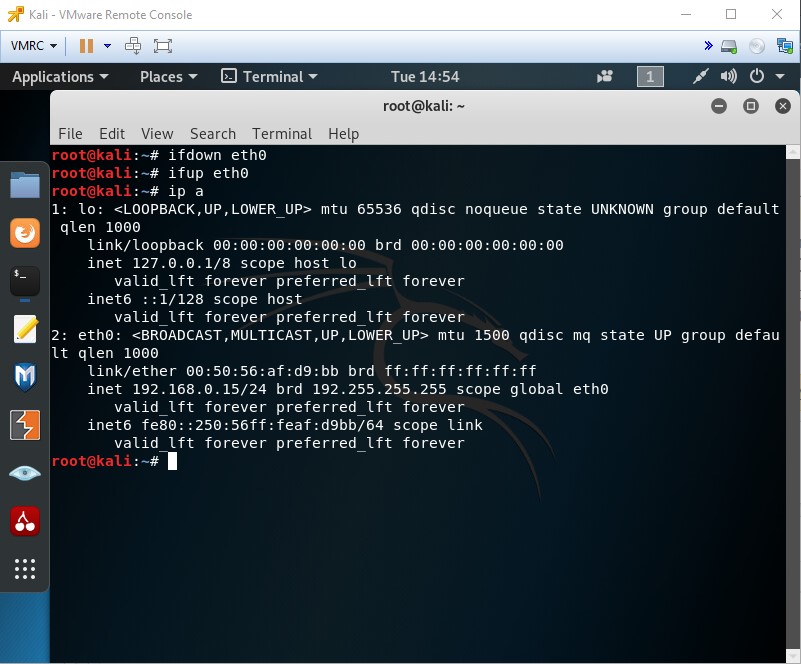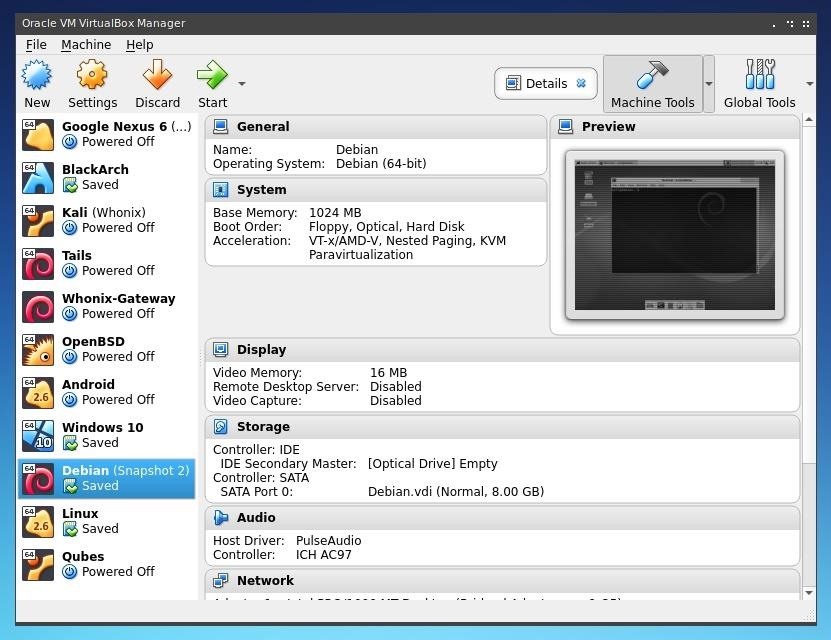
#KALI LINUX HOW TO INSTALL FROM DESKTOP INSTALL#
Once you’ve enabled Developer Mode on your Chromebook, you can install another operating system. Your Chrome OS will boot as if you have never turned your Chromebook on before. You’ll have to wait at least 10 minutes before Developer Mode becomes enabled. Do not turn your computer off until it has restarted,” you’re all set.
After booting up, if you encounter the words “Preparing system for developer mode. Pressing Ctrl+D again (or waiting for 30 seconds) reboots the system in said mode. This also means you’ve turned on Developer Mode. You’ll no longer need your device to verify the OS every time you boot it up, considering that you’re installing another OS.  The next window will notify you that “OS verification” is off – again, it will look like an error message even though you are doing everything right. This shortcut will take you to the part where you need to toggle your “OS verification.” This serves as an option that’s the opposite from Developer Mode, meaning that you need to disable the OS verification to enable Developer Mode on a Chromebook. Please insert a recovery USB stick or SD card,” you’re in the right place. If you see the words “Chrome OS is missing or damaged. It will greet you with an “error message,” which is nothing to worry about. If you’ve done the first step correctly, the Chromebook will restart and boot into Recovery Mode. Don’t release the first two keys until you’ve pressed the Power key.
The next window will notify you that “OS verification” is off – again, it will look like an error message even though you are doing everything right. This shortcut will take you to the part where you need to toggle your “OS verification.” This serves as an option that’s the opposite from Developer Mode, meaning that you need to disable the OS verification to enable Developer Mode on a Chromebook. Please insert a recovery USB stick or SD card,” you’re in the right place. If you see the words “Chrome OS is missing or damaged. It will greet you with an “error message,” which is nothing to worry about. If you’ve done the first step correctly, the Chromebook will restart and boot into Recovery Mode. Don’t release the first two keys until you’ve pressed the Power key. 
On your keyboard, press and hold the Escape and Refresh (the button unique to Chromebooks) keys, then press the Power button.It is turned off by default, as it’s not meant for everyday use.

This is a way to use an OS that gives you more system privileges. Like with other operating systems, you should enter Developer Mode if you want to perform a more advanced action.







 0 kommentar(er)
0 kommentar(er)
